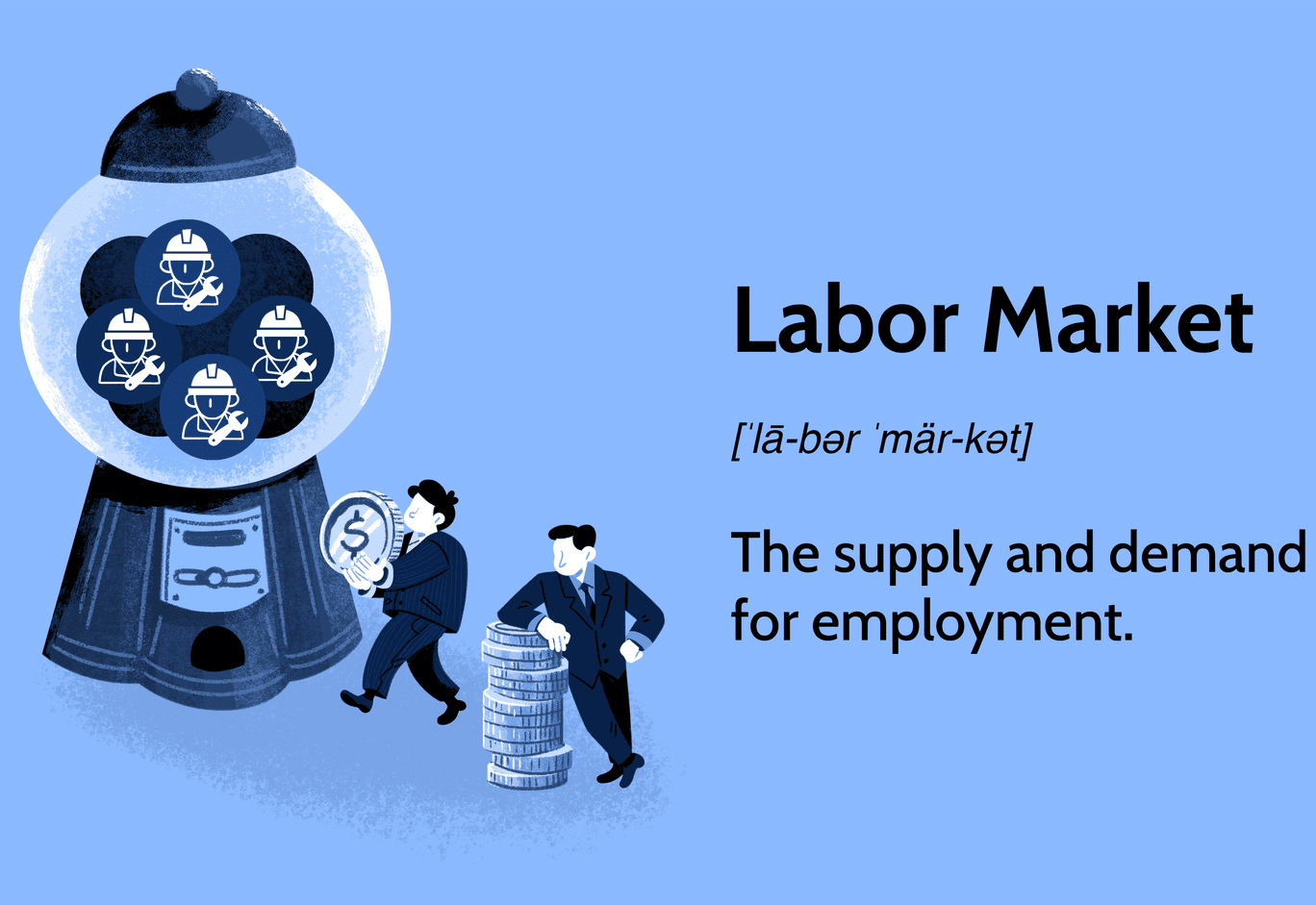Labor market theories analyze and explain the processes and outcomes of labor markets by examining the behaviors of employers and employees, wage formation, and employment dynamics. These theories form the foundation for understanding how labor supply and demand interact under varying economic and institutional conditions.
They are typically categorized into:
1. Classical and Neoclassical Labor Market Theories
Neoclassical labor market theories view the labor market as a perfectly competitive auction market and rely on several idealized assumptions:
-
Perfect information
-
No market entry or exit barriers
-
Homogeneous labor
-
Perfect factor mobility
-
Profit maximization by firms
-
Utility maximization by workers
In this framework, labor supply and demand are determined by rational agents adjusting their behavior to reach market equilibrium.
Key Concepts:
-
Short-term labor supply theory (based on household utility theory): Individuals supply labor until the utility lost from giving up leisure equals the utility gained from increased consumption via wages (→ compensation).
-
Short-term labor demand theory: Firms continue hiring as long as the marginal value product of the last hired worker exceeds the wage paid—assuming perfect competition and wage elasticity.
2. Modern Microeconomic Labor Market Theories
Many real-world labor market phenomena cannot be fully explained by classical or neoclassical models. This led to the development of modern microeconomic labor market theories, which relax some of the assumptions of perfect markets but retain rational behavior as a core idea.
These include:
-
Search theory – focuses on frictions and the time it takes to match workers and jobs
-
Human capital theory – views education and training as investments in productivity
-
Contract theory – explores wage and employment agreements under information asymmetry
-
Efficiency wage theory – explains above-market wages as productivity incentives
-
Insider–outsider models – examine labor market duality and job protection effects
-
Filter theories – propose that hiring focuses on observable proxies for unobservable traits
-
Segmentation theory – uniquely rejects the idea of a unified labor market, arguing for structural divisions (e.g., primary vs. secondary labor markets)
While all except segmentation theory are extensions of the neoclassical model, they incorporate more realistic labor market conditions, such as imperfect information, transaction costs, and institutional constraints.
« Back to Glossary Index





![15 Employee Offboarding Templates That Save Hours of HR Time [Free Downloads] 15 Employee Offboarding Templates That Save Hours of HR Time [Free Downloads]](https://i1.wp.com/www.hrcloud.com/hubfs/Header.png?w=150&resize=150,100&ssl=1)
